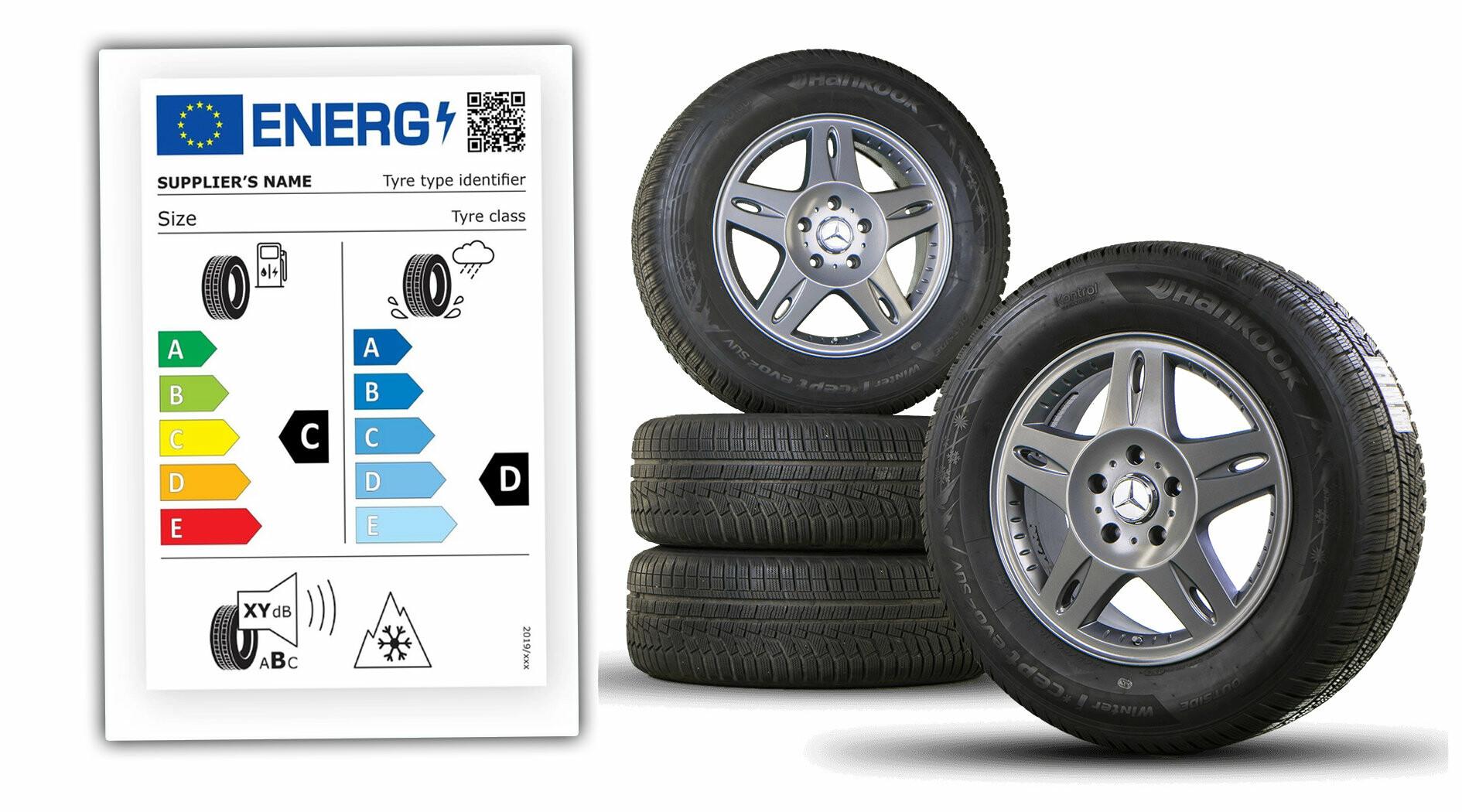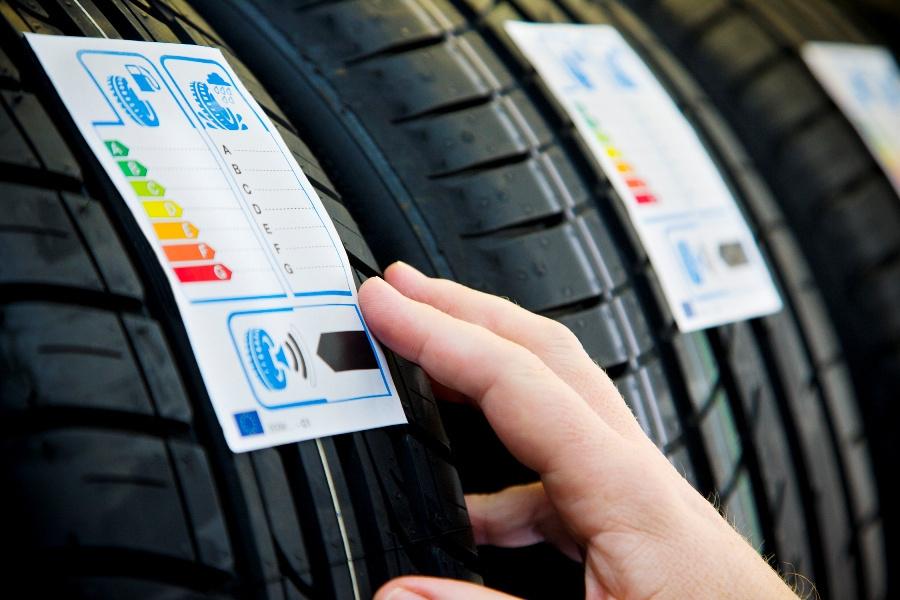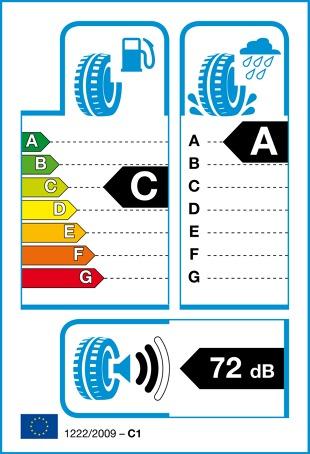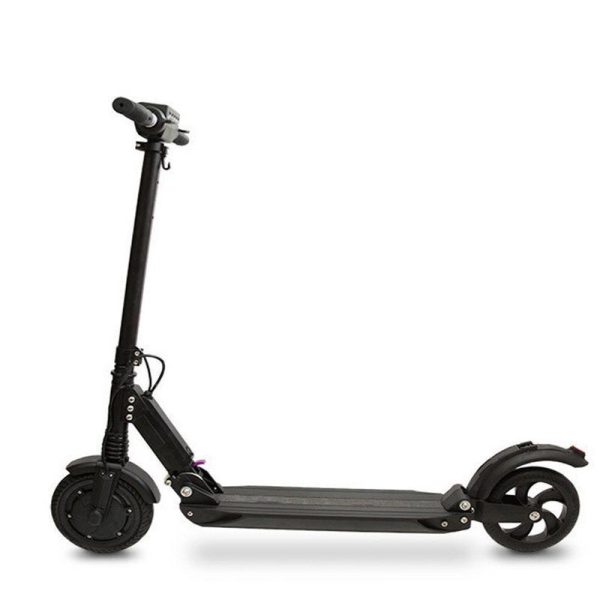
Tire labels. How to read them?
 Since November 1, 2012, the EU member states have introduced an obligation to mark passenger car tires with special stickers. They are graphically very similar to those we know from household appliances.
Since November 1, 2012, the EU member states have introduced an obligation to mark passenger car tires with special stickers. They are graphically very similar to those we know from household appliances.
The labels, through clear pictograms and an easily identifiable comparison scale, are designed to help buyers understand the key tire parameters and thus make a more informed purchase decision.
On each label, we find three pictograms with an alphabetic or numerical designation describing the properties of each tire, namely:
– tire fuel efficiency (tire rolling resistance);
– grip of the tire with a wet road;
- the noise level generated by the tire.
Fuel economy of tires
 It informs the buyer about the tire's rolling resistance, which directly affects fuel consumption. The higher the fuel efficiency class, the lower the fuel consumption. It is assumed that the difference in the use of class "A" tires and class "G" tires should matter. savings of 7,5%.
It informs the buyer about the tire's rolling resistance, which directly affects fuel consumption. The higher the fuel efficiency class, the lower the fuel consumption. It is assumed that the difference in the use of class "A" tires and class "G" tires should matter. savings of 7,5%.
See also: driver's license. Can I watch the exam recording?
To simplify, we can assume that with a decrease in the fuel efficiency class by one degree, the difference in fuel consumption will increase. about 0,1 liters for every 100 kilometers. So, tires of classes "A", "B" and "C" can be classified as low rolling resistance and low fuel consumption, and tires of classes "E", "F" and "G" - with high fuel consumption. . Class “D” is a classification class and is not used to identify passenger car tires.
Tire grip on wet surfaces
As with tire fuel efficiency, wet grip is also classified and each tire has its own letter. The assignment of each tire to a particular class is carried out by a special test and comparison of this tire with the so-called "Reference tire". Approximate difference in braking distance between Class A and Class F tires is about 30 percent (Classes "D" and "G" are not used for passenger car tyres). In practice, the difference in braking distance from 80 km to zero between Class A and Class F tires for a typical compact passenger car is about 18 meters. This means, simply put, that with each subsequent class, the stopping distance increases. about 3,5 meters - almost the length of the car.
Tire noise level
Here, instead of letters, we have the symbol of three sound waves and the level of noise emitted by the tire in dB.
1 fala – means low noise level (at least 3 dB below the Union limit);
2 fale – average loudness level (range between the Union limit and the level below it by 3 dB);
3 fale – indicates a high volume level (above the EU limit).
Sound level is calculated on a logarithmic scale, so every 3 dB more means a doubling of the emitted noise. It follows that a tire with a loudness class labeled with three sound waves will be four times louder than a tire labeled with only one wave.
See also: How to take care of your tires?

